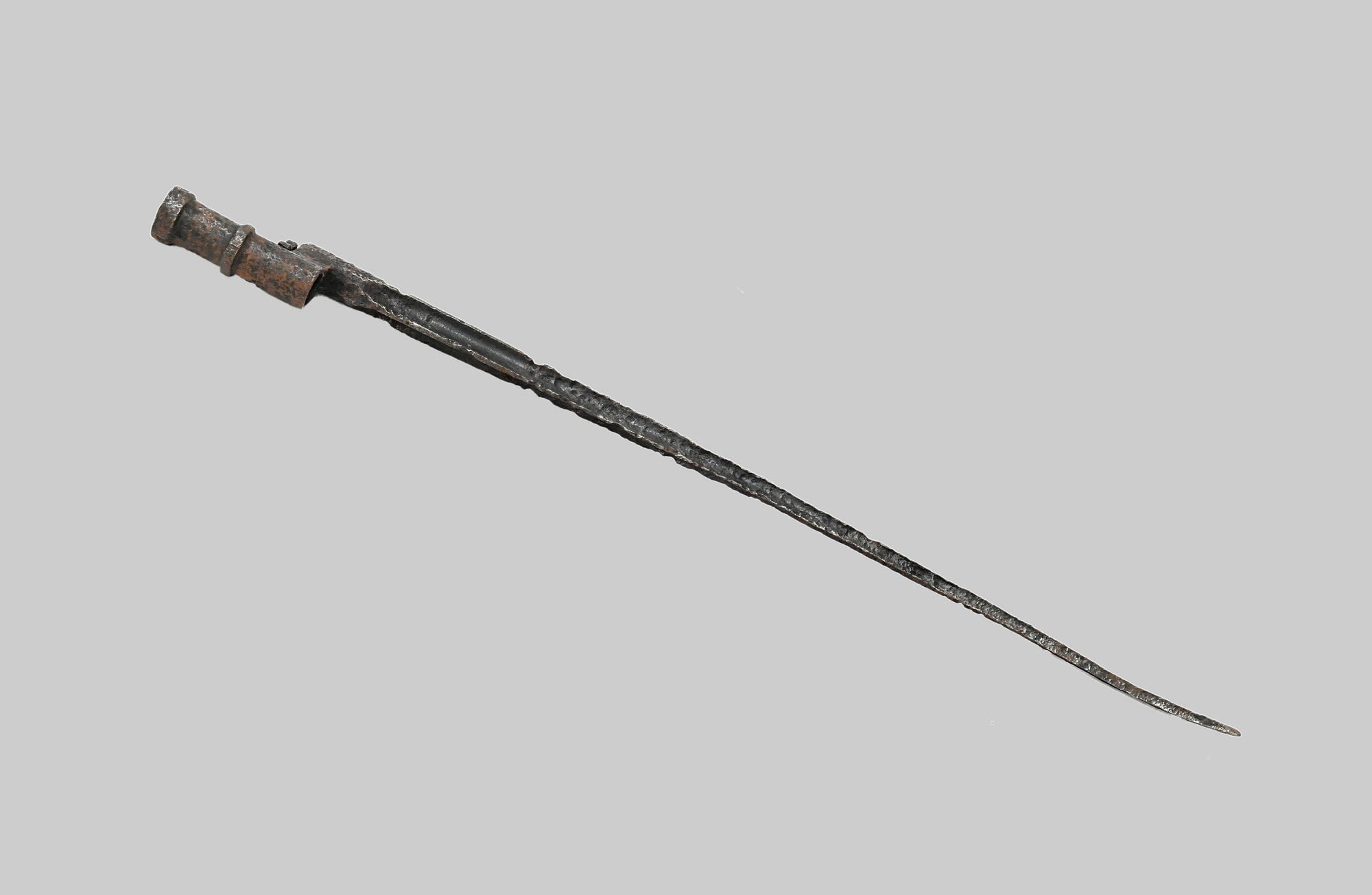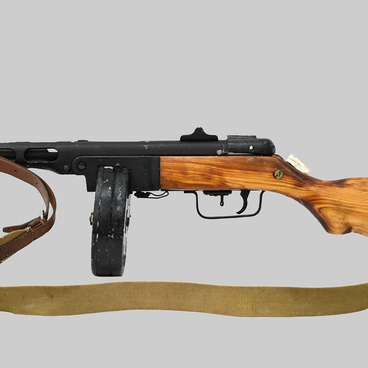The Museum of the 112th Bashkir (16th Guards) Cavalry Division houses a bayonet for the Mosin’s rifle, also known as the “3-line rifle”. This 1891 model was approved by the Russian Imperial Army and was widely used in the first half of the 20th century.
A bayonet is a cold stabbing weapon designed to fit on the end of the muzzle of a rifle. The Mosin’s rifle bayonet has a four-sided needle-shaped blade. The bayonet also has fullers on its sides for greater rigidity. The only part that used to be sharpened is the screwdriver-shaped point, which enabled to not only attack the enemy but also to use the bayonet as a screwdriver to fix the weapons.
The total length of the bayonet for the 3-line rifle was 500 mm, which is considerably shorter than that of the bayonet of the Berdan rifle, which was used by the Russian army in the late 19th century. The bayonet weighed about 320–350 grams.
The first 3-line rifles and their bayonets were produced in France, but later their production was also launched at the Tula, Izhevsk and Sestroretsk arms factories.
A bayonet is a cold stabbing weapon designed to fit on the end of the muzzle of a rifle. The Mosin’s rifle bayonet has a four-sided needle-shaped blade. The bayonet also has fullers on its sides for greater rigidity. The only part that used to be sharpened is the screwdriver-shaped point, which enabled to not only attack the enemy but also to use the bayonet as a screwdriver to fix the weapons.
The total length of the bayonet for the 3-line rifle was 500 mm, which is considerably shorter than that of the bayonet of the Berdan rifle, which was used by the Russian army in the late 19th century. The bayonet weighed about 320–350 grams.
The first 3-line rifles and their bayonets were produced in France, but later their production was also launched at the Tula, Izhevsk and Sestroretsk arms factories.




